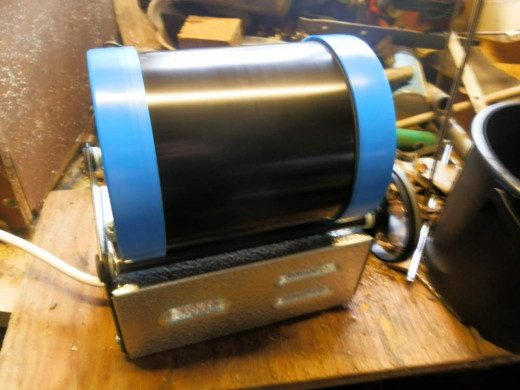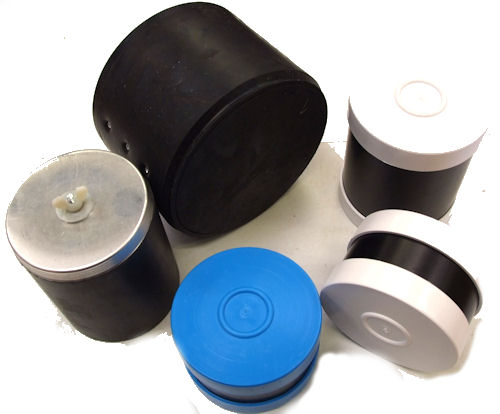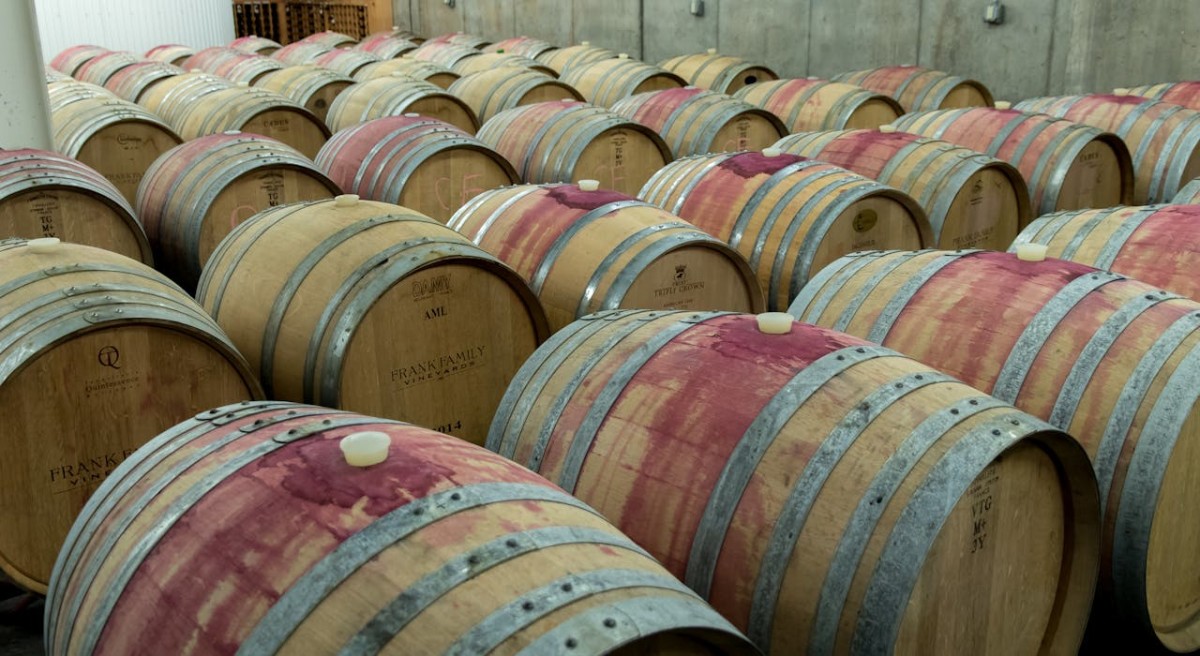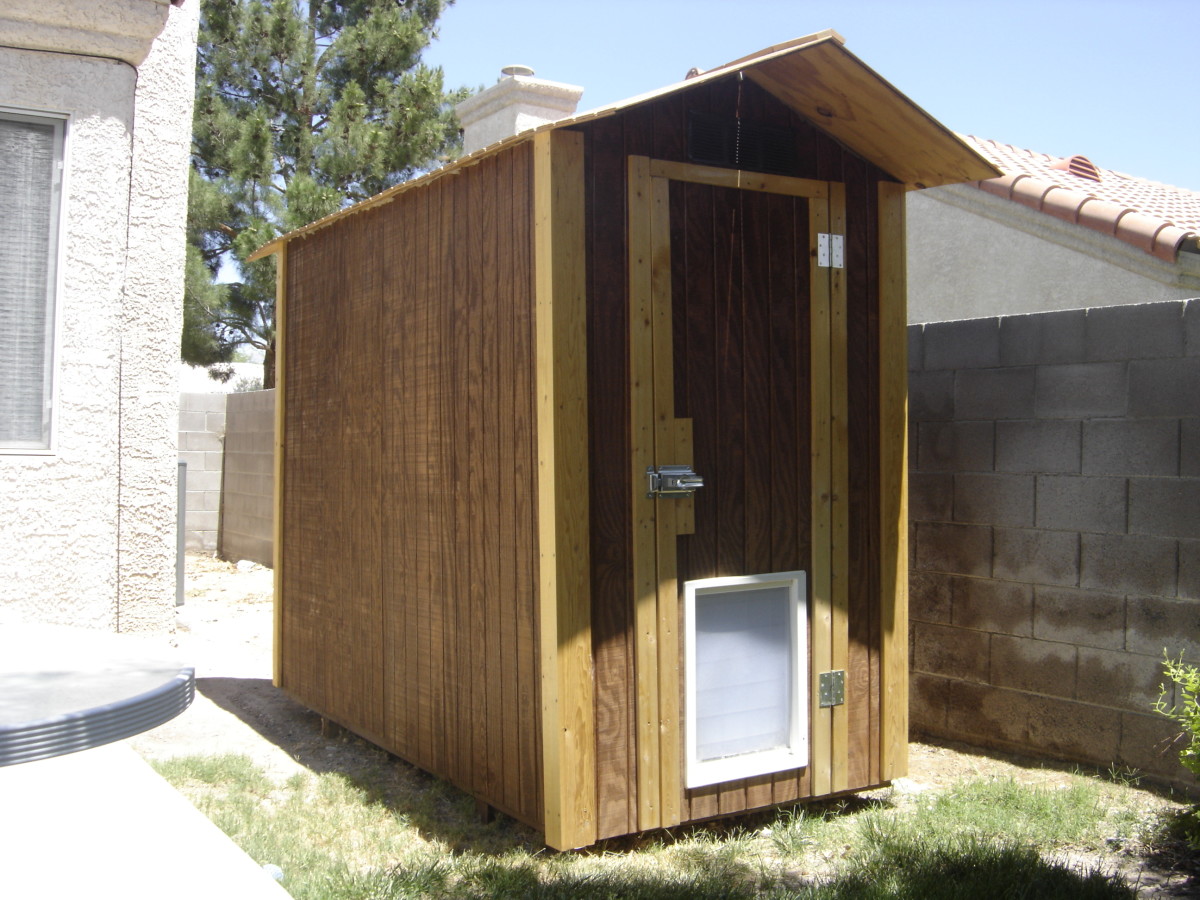Stone Tumbling Machines and What They Do

Stone tumbling machines are pretty basic in design. Often sold as toys, the vast majority of them are used by hobbyists to turn rough rocks or smooth beach pebbles into beautiful glistening works of art.
All they do is tumble stones. With fairly gentle actions, the pebbles are continually turned over on themselves inside a barrel. The actions of a really hard grit like silicone carbide (which is harder than most rocks) and water quickly break down the surface of the stones, smoothing and rounding them.
As a final stage, a special polish is applied to the water and the tumbling action turns the rocks into small, pretty ornaments that can be used in jewelry for those keen to learn such crafts.
Metal detectorists like myself may first discover stone tumbling machines as a means to clean up coins and other metals.
Jewellers use rock tumbling machines to bring the shine back to faded rings, necklaces and earrings. When mixed with a stainless steel media (instead of grit) the gentle tumbling action quickly polishes up gold and silver to look like new.
Stone tumbling machines at Amazon
The basic stone tumbling machine
Stone (or rock) tumbling machines have not changed much since their inception in the 1950s.
The earliest models used old paint cans as barrels, and they were very noisy, as you can imagine!
All they are, basically, is a motor with a shaft.
The shaft turns, and in turn makes a roller turn. With the addition of a second shaft attached to the first via a drive belt, you have two rollers which turn, on which you place a barrel on its side.
As I said, this barrel used to be old paint cans, but modern barrels are made of either plastic or rubber.
And that is it. You fill the barrel with stones, a grinding media, and water, close over the lid and place it on the tumbling machine, and leave it running.
There is not much that can go wrong with them, except the need to change the odd drive belt or to oil the motor and drive shaft from time to time.
The models of the smallest tumbling machines have changed little since the 50s, and there are not many manufacturers in the market - presumably because there is not a great demand.
Once you have bought one machine, unless you decide to become industrious and upgrade to a model that can tumble thousands of stones at once, your machine should last a lifetime.

Rock tumbling machine barrels
If you buy a stone tumbling machine, a barrel will come with it.
At present, you have the choice of:
- a plastic barrel or
- a rubber barrel.
Rubber barrels cost a lot more than plastic barrels, but have some advantages.
- They run quieter, so that you can leave your barrelling machine running through the night without disturbing the family.
- The lids are easier to remove and replace, and this is important because whatever you are tumbling, be it stones or metals, you will need to check the contents from time to time.
- They last longer.
Plastic barrels are cheaper, but noisier, don't last as long and have end caps that need either a fair degree of brute strength to remove or replace, or require you to have some boiling water handy at all times to ease movement.
You need more than one barrel for rock tumbling
This is something that you wouldn't realise if you are new to rock or stone tumbling.
I learned very quickly because I bought my tumbling machine to clean coins I had found as a metal detectorist.
You can clean and polish really dirty coins in just 4 hours.
Polishing rocks take a month of continuous running.
You would not put pebbles or rocks into a barrel that is used primarily for cleaning coins, simply because if any grit at all (that is used for rock tumbling) is left behind when you clean out the barrel, your coins can be damaged irreversibly.
Rather than take that risk, it is better to have a different barrel for each function.
I have a rubber barrel for tumbling coins and metals, and two plastic barrels for rounding and polishing stones.
One of the plastic barrels is used only for the grit stages, and the other for the polishing stage.
If you have the money, I would strongly suggest always buying rubber barrels, because the lids are much easier to remove and replace.
When tumbling and polishing rocks, the process of which takes up to a month to complete, the barrel lid has to be removed daily in order to inspect the progress as well as remove trapped air from the barrel.
Polished pebbles on Amazon
How much electricity do stone tumbling machines use?
A 3lb stone tumbler uses 40 watts of power which is the same as a dim light-bulb.
If you are cleaning metals, the cost is negligible, as it only needs to run for 4 hours.
I installed a power meter on my stone tumbling machine while it was tumbling stones, and found it uses 1 kilowatt per day.
This is an important aspect to look at when tumbling and polishing stones.
If you plan on polishing beach pebbles, it works out as follows:
- 3 days at grit 80
- 5 days at grit 220
- 7 days at grit 400
- 14 days with cerium oxide
This is a total of 28 days at 1 kw per day. You will notice this on your electricity bill.
This time can be reduced by using cerium oxide at the polish stage, as it only needs 7 days to polish instead of 14, but you will pay more for it.
If you are polishing rough stones, expect to run the machine for:
- 10 or more days at grit 80
- 6 days at grit 220
- 7 days at grit 400
- 7 days with zinc oxide
You are now looking at 30 days of tumbling, with the added expense of the buying cerium oxide instead of the cheaper zinc oxide to polish stones.
Cerium Oxide
How many pebbles can stone tumbling machines tumble?
This obviously depends on the size of the pebbles, and the size of the tumbling machine.
Most tumble stones you see for sale are roughly half an inch across, or slightly smaller.
These stones started out substantially bigger, and were reduced by the tumbling action combined with the grit.
In a 3lb machine, expect to be able to tumble about 150/200 stones at a time.
If you planned on selling your tumblestones on eBay, then remember this is a month's work, and will cost you roughly the same as your internet access in electricity costs.
Each perfect tumblestone can earn you a dollar.
If there is profit there for you, and you want to continue tumbling stones, you may wish to consider buying a bigger machine that can tumble more stones at the one time.
This is where the price rises much more steeply.











